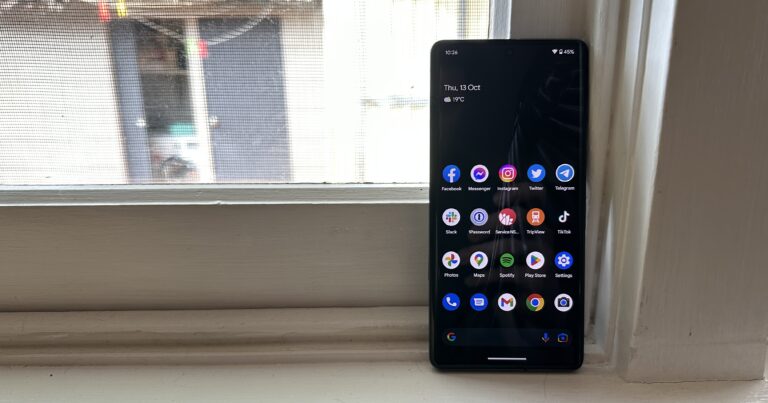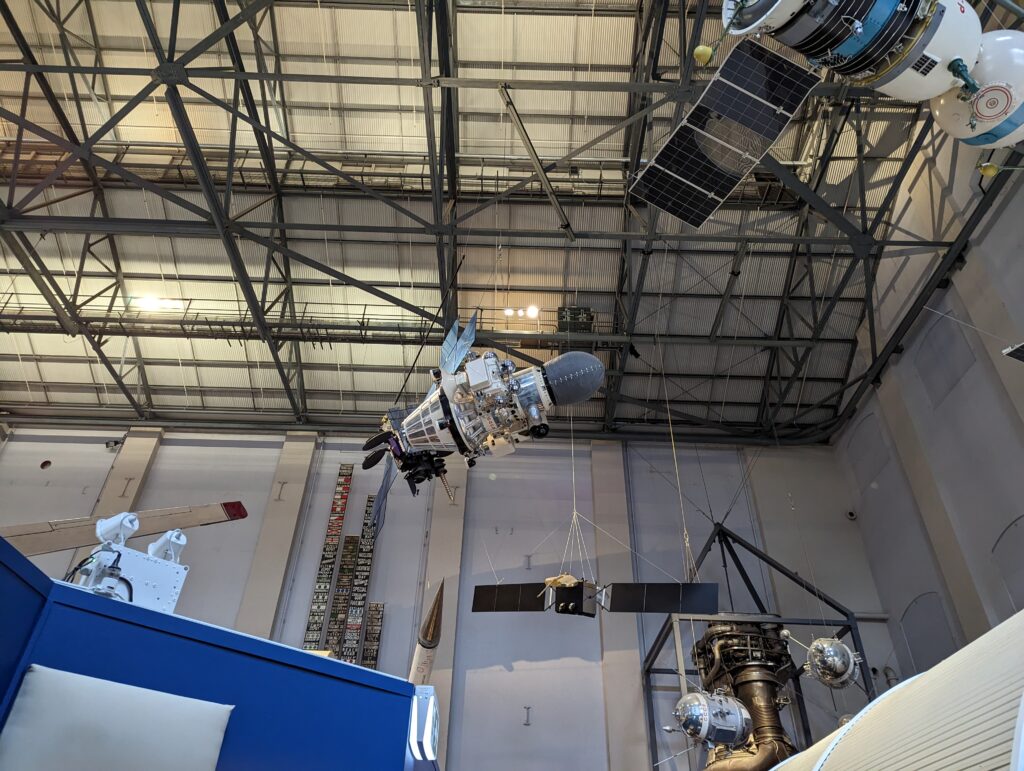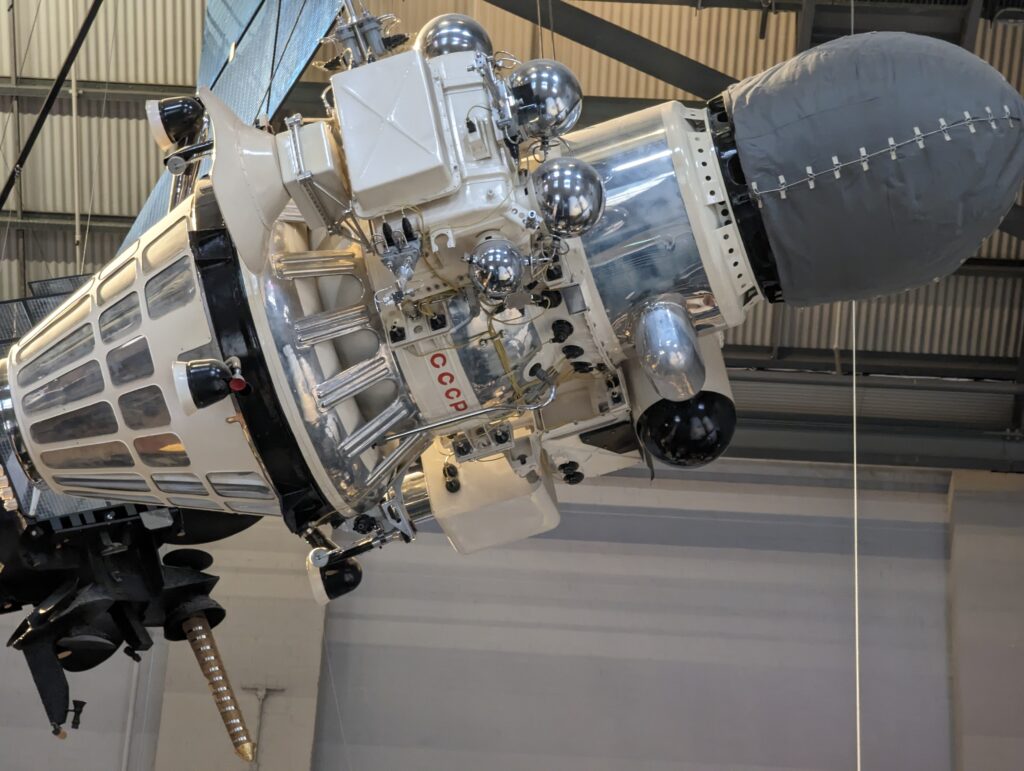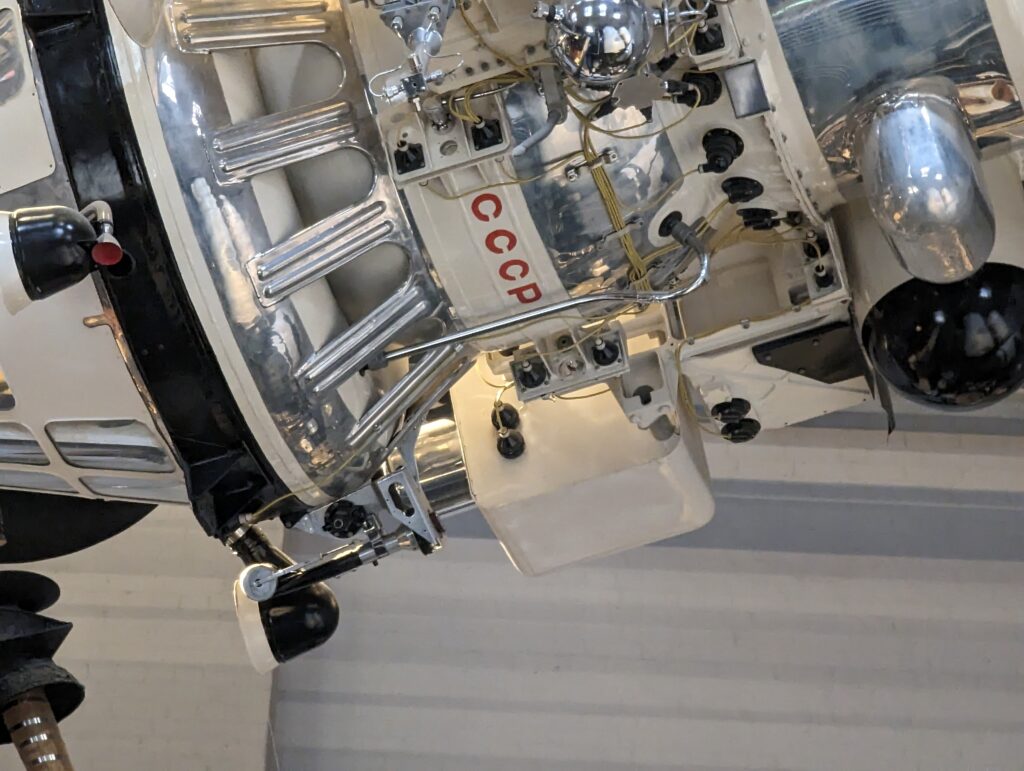Optus Mobile Review ALDI Mobile Review Amaysim Mobile Review Belong Mobile Review Circles.Life Review Vodafone Mobile Review Woolworths Mobile Review Felix Mobile Review Best iPhone Plans Best Family Mobile Plans Best Budget Smartphones Best Prepaid Plans Best SIM-Only Plans Best Plans For Kids And Teens Best Cheap Mobile Plans Telstra vs Optus Mobile Optus NBN Review Belong NBN Review Vodafone NBN Review Superloop NBN Review Aussie BB NBN Review iiNet NBN Review MyRepublic NBN Review TPG NBN Review Best NBN Satellite Plans Best NBN Alternatives Best NBN Providers Best Home Wireless Plans What is a Good NBN Speed? Test NBN Speed How to speed up your internet Optus vs Telstra Broadband ExpressVPN Review CyberGhost VPN Review NordVPN Review PureVPN Review Norton Secure VPN Review IPVanish VPN Review Windscribe VPN Review Hotspot Shield VPN Review Best cheap VPN services Best VPN for streaming Best VPNs for gaming What is a VPN? VPNs for ad-blocking You could be forgiven for the somewhat cynical take that Google was tamping down anticipation rather than building it, getting us all to come to terms with a phone that looked little changed from the Pixel 6 series. But after a week with the 7 Pro, I can say that its subtle refinements on the exterior belie the leap forward it’s taken on the inside. While it may be impractical, I love the Gorilla Glass front and rear with the smooth feel and nice sheen it gives the phone. But, make no mistake, this is one slippery phone. My Pixel 6, affectionately dubbed Slippy Boi, had a habit of sliding off the arm of the couch and migrating off the bedside table. Its predecessor shares its love of travel, and I swear I’ve seen it inching its way across entirely flat surfaces. That means you’ll need a case for the Pixel 7 Pro, which is a shame, because it’s a beautiful phone. The Pixel 7 Pro comes preloaded with Android 13. I’m a big fan of Pixel UI’s clean, simple and uncluttered interface, and Android 13 throws a bit more customisation into the mix, though not nearly as much as Apple has introduced with iOS 16. You’re mostly locked into Google’s design ecosystem, which is great if you’re a Material You fan (I am). Google has also (finally) added facial recognition. You won’t be able to do anything more sophisticated than unlock your phone with it, though. For anything requiring a password, you’ll still need to use the fingerprint scanner. While changes from the 6 Pro on the outside may be subtle, the biggest step forward for the Pixel 7 Pro is the Tensor 2 chip. Google has touted major improvements in speech and language processing, battery economy and security. In practice, apps launch quickly and run smoothly, but not noticeably more so than with the Pixel 6’s Tensor 1. The place the Tensor 2’s influence is easiest to see is in the camera. But, as with the Pixel 6 range, the real factor that sets Google’s photography nous apart from its competitors is the Tensor chip and the way it uses machine learning and AI to process photos after they’re taken. I still get a thrill from taking a stock-standard photo and watching it pop into focus and colour-balance after Tensor 2 gets hold of it. It also does some amazing work with digital zoom. The Pixel’s 5x telephoto lens already provides pretty unparalleled zoom capabilities, but digital zoom takes its capacity up to 30x. In practice, I was able to get near-perfect clarity in shots at 5x and 10x. At 30x, the cracks start to show. The shots still look amazing on a phone screen, but start to pixellate if blown up any larger. Regardless, it’s a massive leap forward for smartphone zoom capabilities. Also improved is Night Sight, which has doubled its shutter speed for less blur and sharper photos. With a young kid at home, it’s pretty rare that I manage to venture out of the house past sundown, but a faster shutter speed is a must for me with night photography, as my shaky hands make shooting at night near impossible. The shutter speed still doesn’t quite match up to the iPhone 14’s Night mode, though. Where the Pixel 7 Pro really excels is in its Portrait mode. I’ve never seen a phone consistently turn out such beautiful, professional looking shots from simply pointing and shooting in Portrait mode. Overall, the Pixel continues to produce some of the most stunning photography I’ve seen from a smartphone. In the realm of smartphone photography, Apple and Google are in a perennial two-horse race. Which one you favour largely comes down to what you need out of a smartphone camera. For my very specific use case, Pixel takes the crown with the 7 Pro. Fortunately, the Pixel 7 Pro supports fast charging, so 30 minutes will get you to around 50%. You’ll need closer to an hour-and-a-half to go from 0% to a full charge. Still, I’d like to see Google give Apple some serious competition on battery economy rather than boasting something as entry level as “all-day battery life”.










